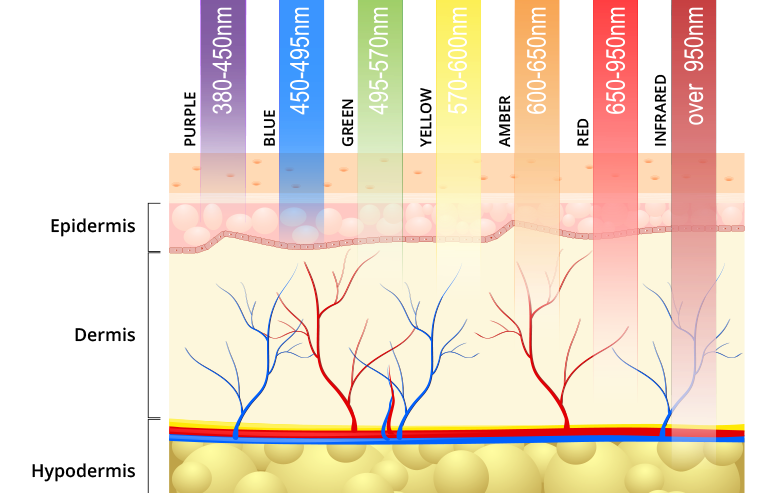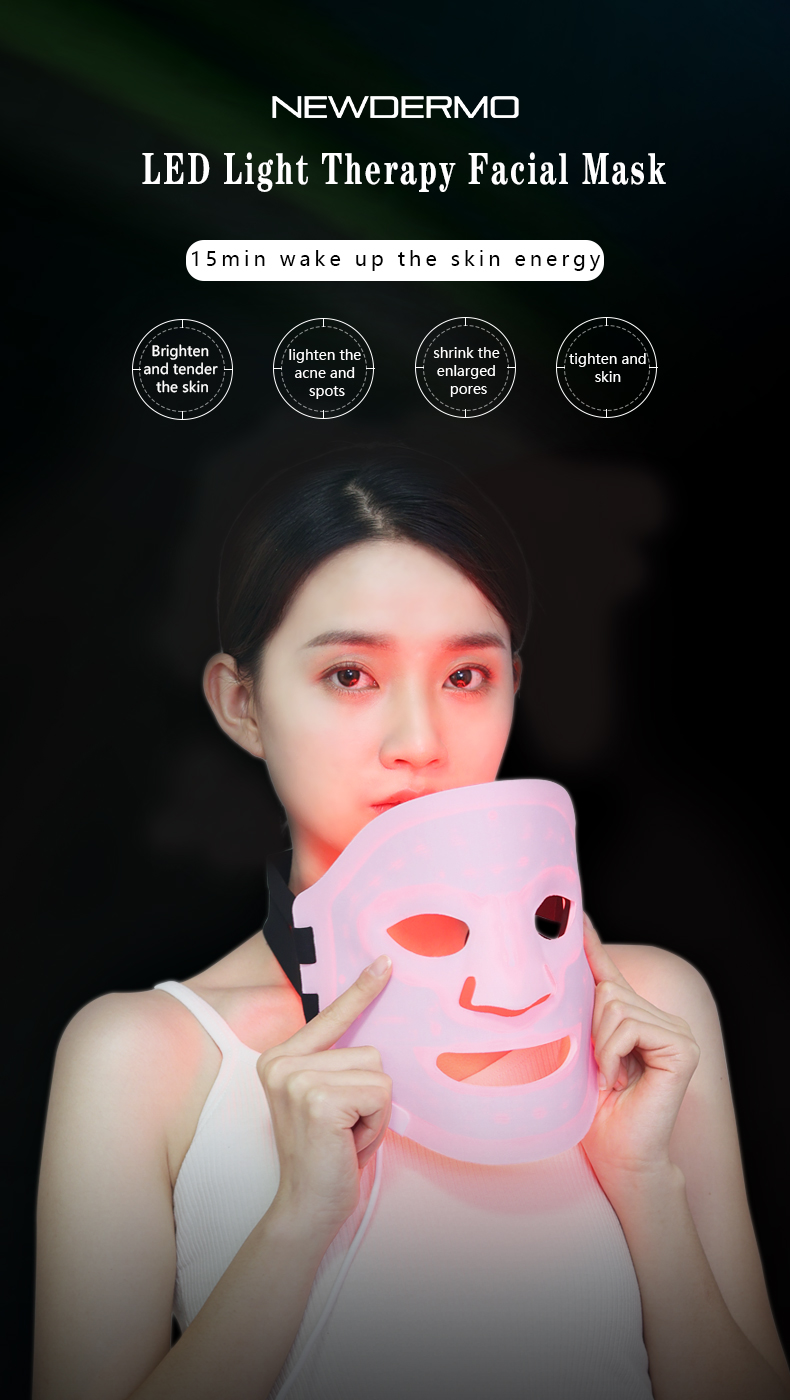

The theory behind phototherapy is that biological tissues absorb light energy and convert it into thermal and chemical energy, which leads to a chain of chemical reactions in the body.
These chemical reactions are summarised in four types: photolysis, photo-oxidation, photopolymerisation and photosensitisation.
The different wavelengths of light produce different biological effects, which has led to the development of a number of therapeutic methods and instruments that target different wavelengths of light for different diseases.
✅UV rays
UV rays have not been popular with sisters because they darken the skin, but they are an important tool for treating skin diseases.
The narrow-spectrum medium-wave UV rays of 311 to 313 nm and the long-wave UV rays of 340 to 400 nm are uniquely effective for certain skin diseases such as atopic dermatitis and vitiligo.
✅Blue light
Jaundice is common in newborn babies and can lead to hearing impairment and, in severe cases, bilirubin encephalopathy.
Blue light is an important source of light to reduce jaundice in newborns. Blue light changes the metabolic pathway of bilirubin in the newborn's body, thus reducing jaundice.
✅Red light
Red light therapy has a wide range of effects, mainly through the production of photobiological reactions to promote cellular metabolism and improve muscle immunity.
It is commonly used in hospitals for dermatology, surgery, gynaecology, internal medicine, ENT, burns, etc., and is gradually being extended from the medical field to the cosmetic field of life.
✅Infrared
The biological effect of infrared light is mainly thermal, which accelerates blood flow and promotes metabolism and cell proliferation, anti-inflammatory and analgesic effects, and is generally used for health care and rehabilitation of diseases

Copyright © 2022 Guangdong Newdermo Biotech Co.,Ltd. - newdermobeauty.com All Rights Reserved.